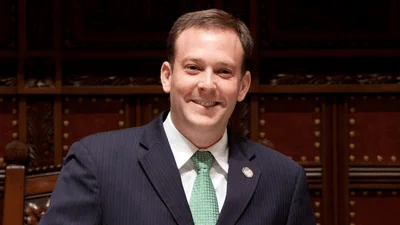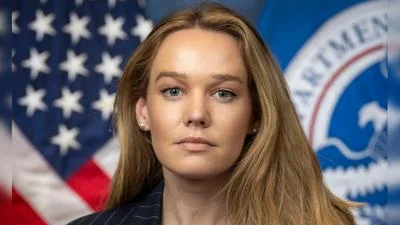Bureau of Reclamation announced initial 2023 water supply allocations for Central Valley Project water users. Water supply allocations are based on an estimate of water available for delivery to CVP water users and reflect current reservoir storage, precipitation, and snowpack in the Sierra Nevada.
“While we are cautiously optimistic, we are also cognizant of the uncertainties that exist and the fluctuating nature of California's climate with the possibility that dry conditions will return,” said Reclamation Regional Director Ernest Conant. “We received a much-needed dose of rain and snow in December and January that helped boost the water levels at our CVP reservoirs. The projected runoff from the snowmelt later this year will further benefit the state as we head into the summer months. However, we are all too aware of the precarious nature of recent weather patterns and must proceed prudently as we move through the water year—especially with below average storage in the state’s largest reservoir, Shasta.”
This year’s initial allocations reflect the improved hydrologic conditions caused by the winter storms that left the Sierra Nevada snowpack at well above normal conditions. However, not all river basins were equally improved, highlighting the need that late winter and early spring rain and snow are still needed. Adequate water elevations in Shasta Reservoir are crucial to ensuring deliveries to agricultural contractors and wildlife refuges. It also ensures enough cold water exists for spawning salmon later in the year.
Currently, reservoir storages in Trinity and Shasta reservoirs are below the historic average for this time of year and runoff forecasts indicate that overall storage for these reservoirs may be limited if substantial spring precipitation does not materialize. Other CVP reservoirs, such as Folsom and Millerton, are in better shape with above average water storage levels for this time of year.
Central Valley Project Reservoir status (as of Feb. 19)
ReservoirStorage Percent of
CapacityStorage
(1,000 acre-feet)Percent of 15-Year
AverageTrinityShastaFolsomNew MelonesMillertonSan Luis (federal share)
| 32 | 792 | 56 |
| 59 | 2,675 | 93 |
| 54 | 525 | 111 |
| 44 | 1,059 | 77 |
| 51 | 266 | 101 |
| 64 | 618 | 95 |
Based on current hydrology and forecasting, Reclamation is announcing the following initial CVP water supply allocations:
North-of-Delta Contractors
Sacramento River
- Irrigation water service and repayment contractors north-of-Delta are allocated 35% of their contract total.
- Municipal and industrial water service and repayment contractors north-of-Delta are allocated 75% of their historic use or public health and safety needs, whichever, is greater.
- Sacramento River Settlement Contractors’ water supply is based upon settlement of claimed senior water rights. The 2023 water year is currently determined as non-critical, as defined in their Settlement Contracts, which allows for 100% of their contract supply.
- M&I water service and repayment contractors north-of-Delta who are serviced by Folsom Reservoir on the American River are allocated 75% of their historical use.
- M&I water service and repayment contractors who are serviced directly from the Delta are allocated 75% of their historical use.
- Irrigation water service and repayment contractors south-of-Delta are allocated 35% of their contract total.
- M&I water service and repayment contractors south-of-Delta are allocated 75% of their historical use.
- San Joaquin River Settlement Contractors and San Joaquin Exchange Contractors’ water supply is based upon settlement/exchange of claimed senior water rights. The 2023 water year is currently determined as non-critical, as defined in their contracts, which allows for 100% of their contract supply.
- Eastside water service contractors (Central San Joaquin Water Conservation District and Stockton East Water District) will receive 100% of their contract total.
- The 2023 water year is currently determined as non-critical, as defined in their contracts, which allows for 100% of contract supply for wildlife refuges (Level 2), both north- and south-of-Delta.
- Friant Division contractors’ water supply is delivered from Millerton Reservoir on the upper San Joaquin River via the Madera and Friant-Kern canals. The first 800,000 acre-feet of available water supply is considered Class 1; Class 2 is considered the next amount of available water supply up to 1.4 million acre-feet. Given the current hydrologic conditions, the Friant Division water supply allocation is 100% of Class 1 and 20% of Class 2.
Original source can be found here








